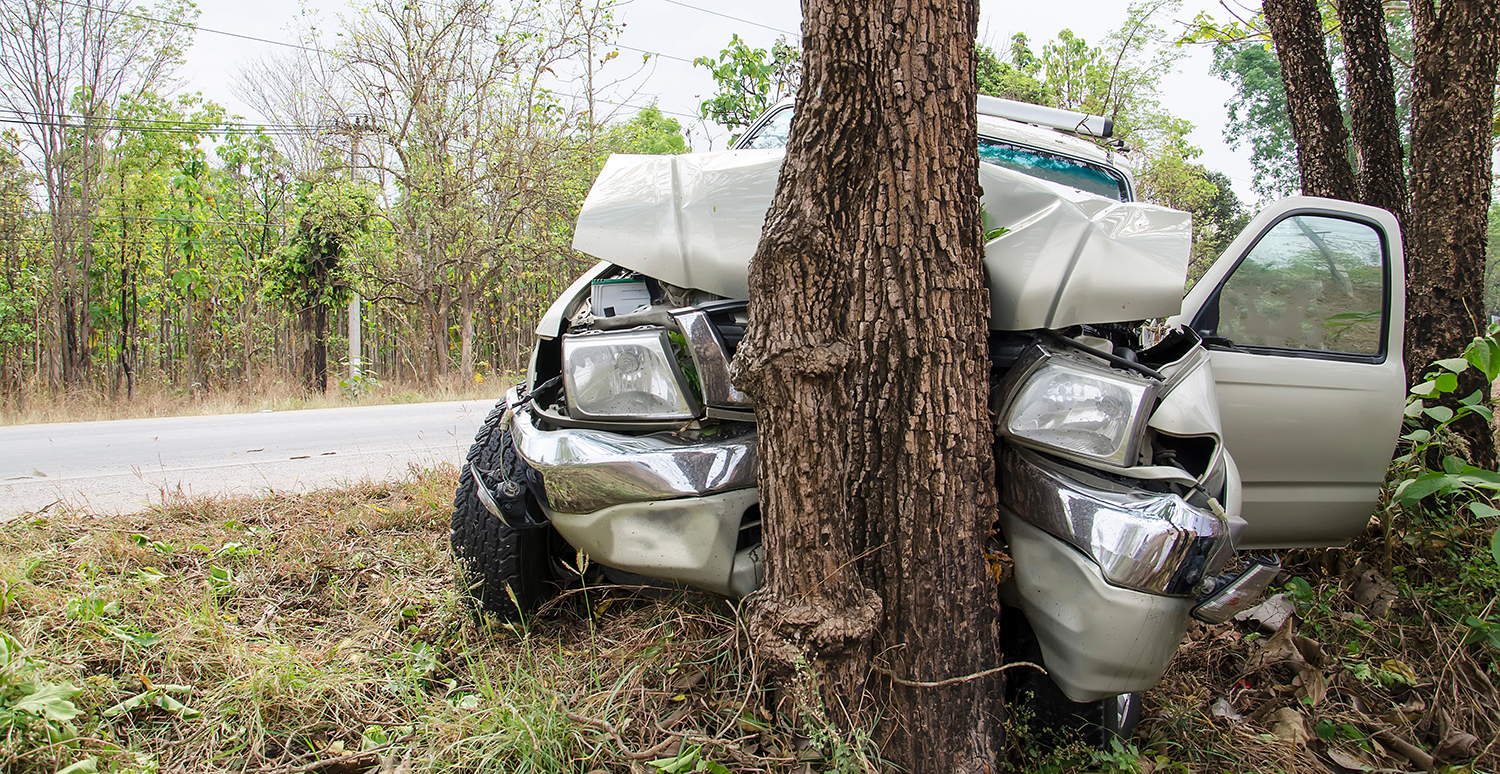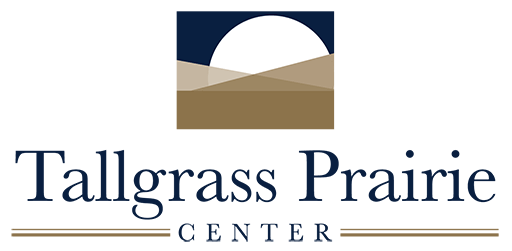Chapter 8: Brush Control
Table of Contents

One of the most visible outcomes of integrated roadside vegetation management (IRVM) is roadsides with sparse brush and trees. Brush control also has strong public support, although some residents may be concerned about removing brush and trees in the right-of-way. Many residents value trees and shrubs that provide suitable wildlife habitat and serve as windbreaks. Roadside managers can ease concerns by emphasizing the safety benefits of removing woody vegetation near roadsides.
Woody vegetation that is overgrown and close to the road poses a safety hazard for vehicles that enter the roadside during an accident. According to the Federal Highway Administration, trees larger than 4 inches in diameter at maturity pose safety issues for errant vehicles. Trees near sites where accidents occur more often, such as curves and intersections, may also need to be removed. Other reasons for removing trees and shrubs include:
- Motorists will have unobstructed lines of sight.
- Motorists will be able to see traffic signs.
- Shade will be reduced in crucial spots, allowing sunlight to melt ice on the pavement.
- Tree limbs that encroach on the road will be removed. When trees on private property have limbs hanging over the road, landowners may be contacted about removing the limbs or trees.
- Snow drifting caused by woody vegetation trapping snow will be reduced.
- Woody species on Iowa’s noxious weed list will be removed (see “Chapter 58, Noxious Weeds,” in the Iowa Administrative Code for the most updated list of noxious weeds).
- Shade reduction will allow prairie species planted in the roadside that require full sunlight to grow.
In 2002, the Iowa Highway Research Board, the Iowa Department of Transportation, and the Iowa Roadside Management Office at the University of Northern Iowa released “Tree and Brush Control For County Road Right-of-Way.” The report summarized the results of interviews with county engineers, roadside managers, and others to describe roadside tree and brush control methods used in Iowa counties. Information from the report and county and city IRVM plans formed the foundation of this chapter. See Appendix 8A for examples of brush control policies from IRVM plans.


